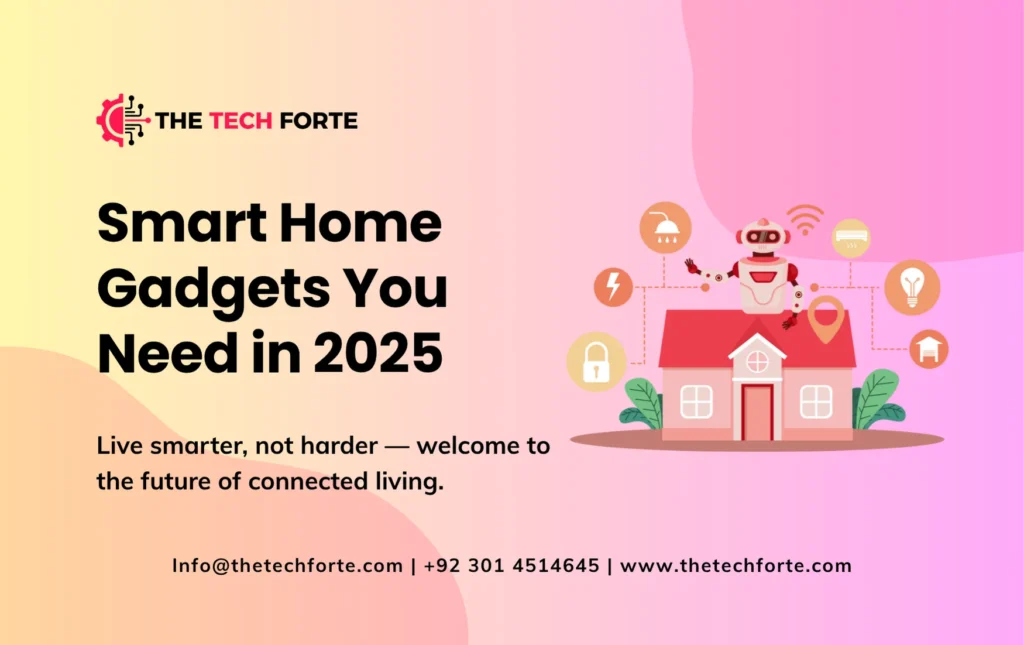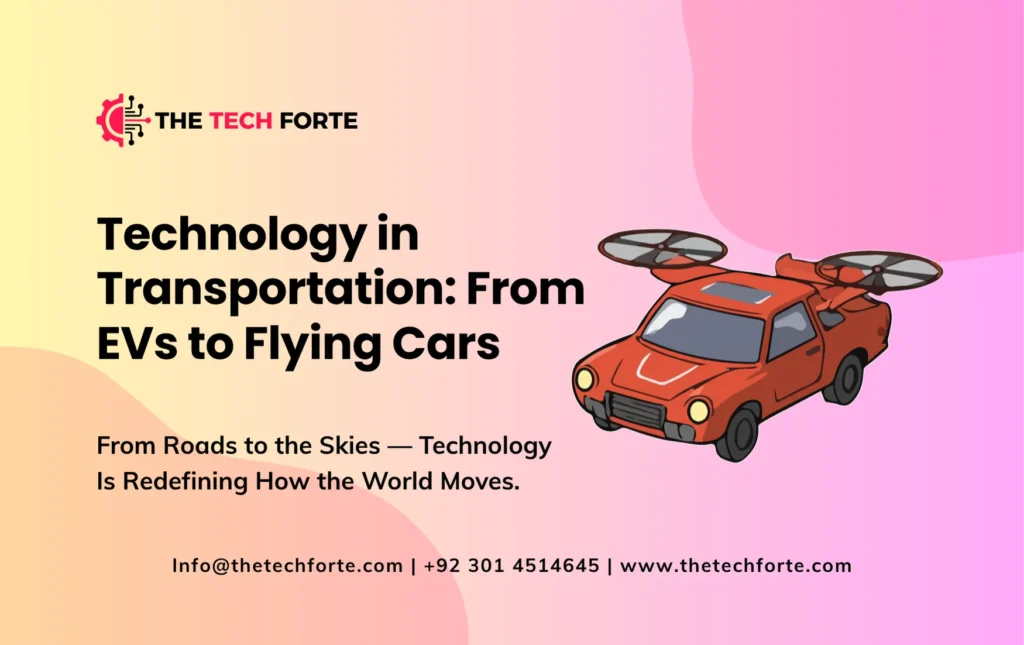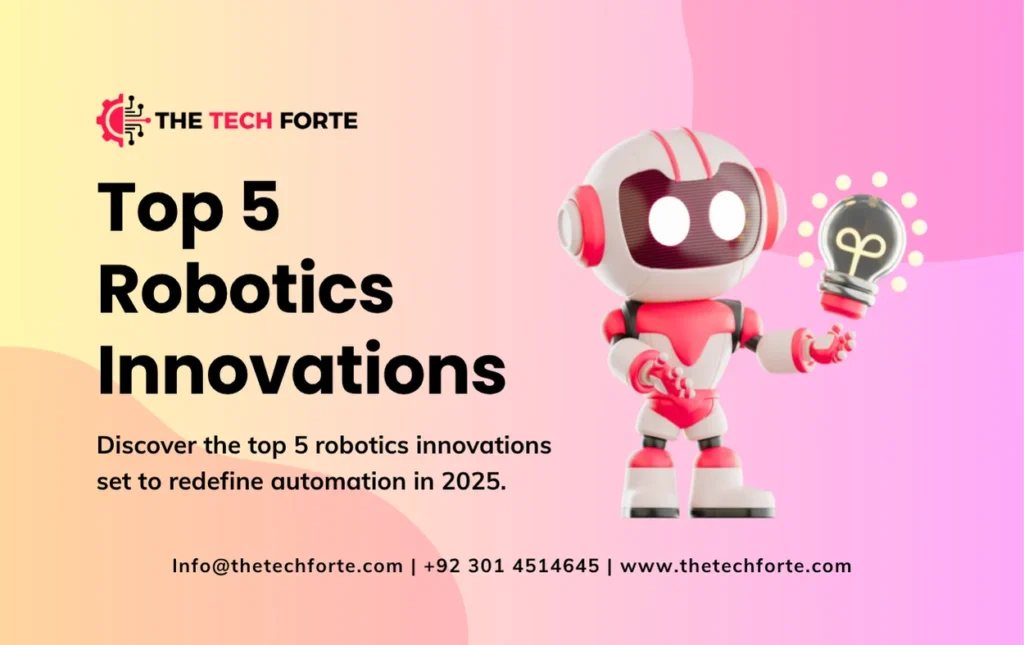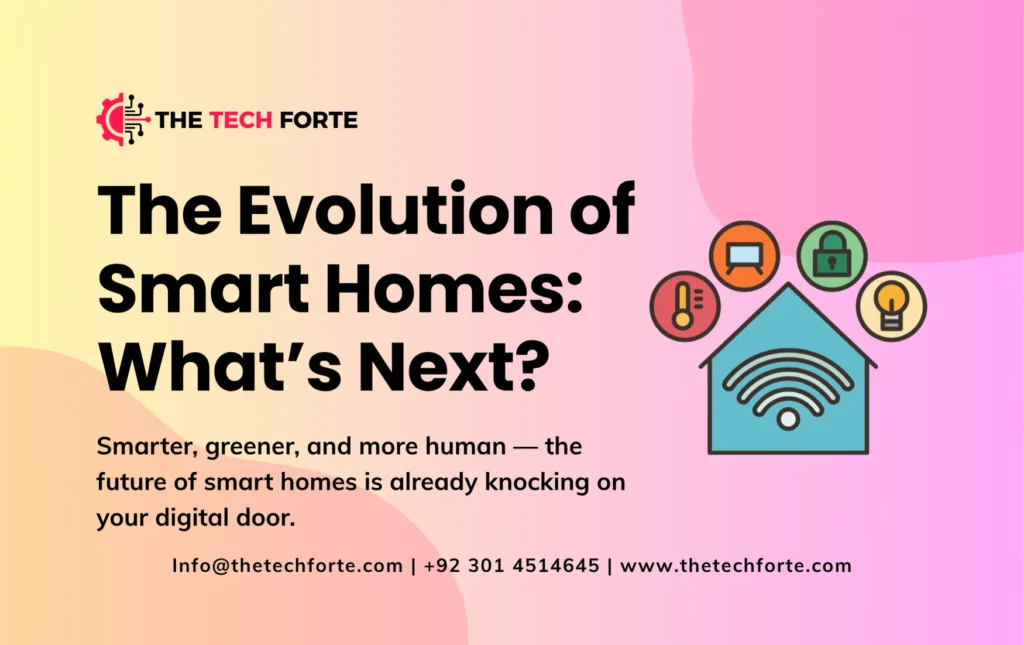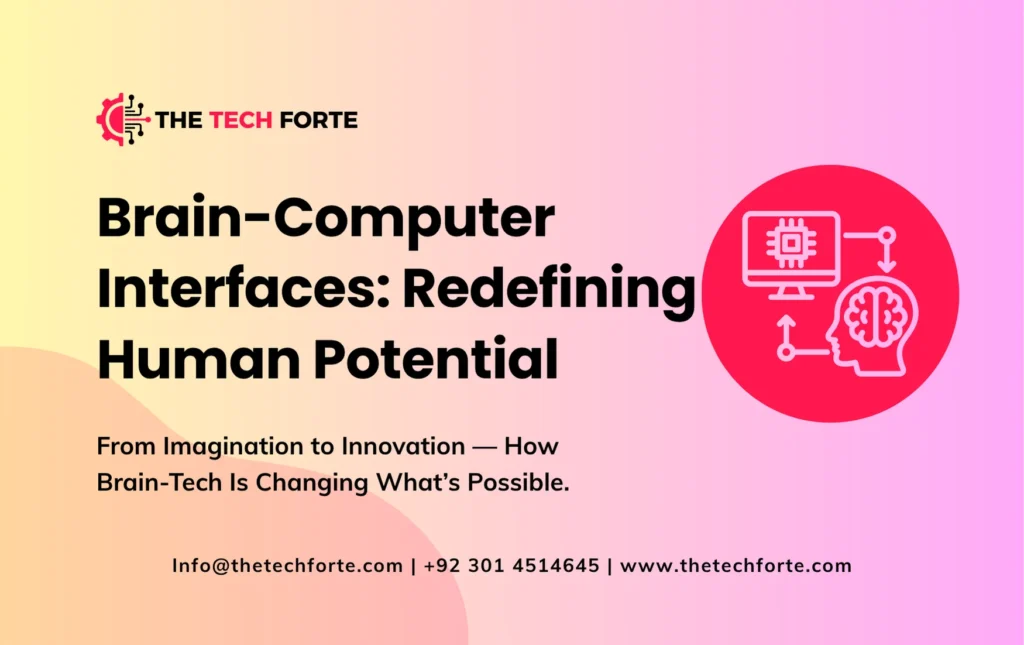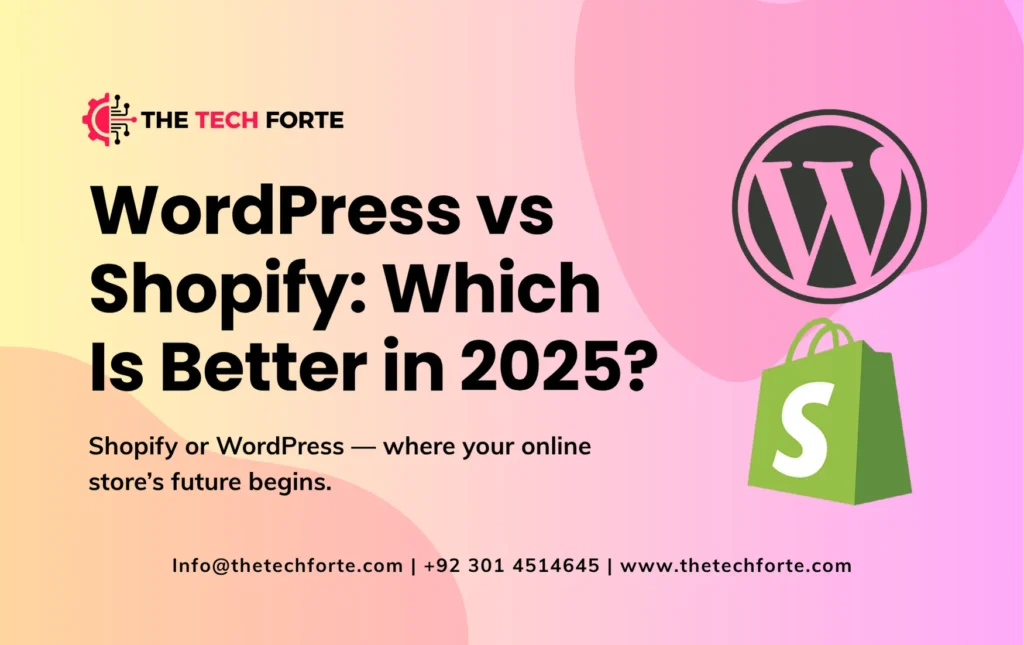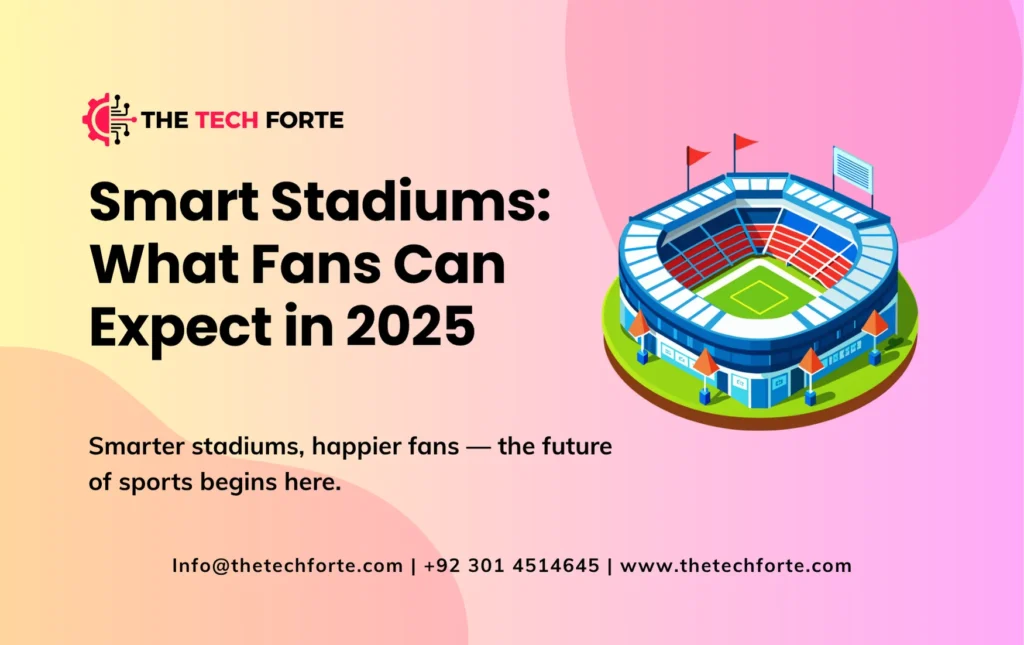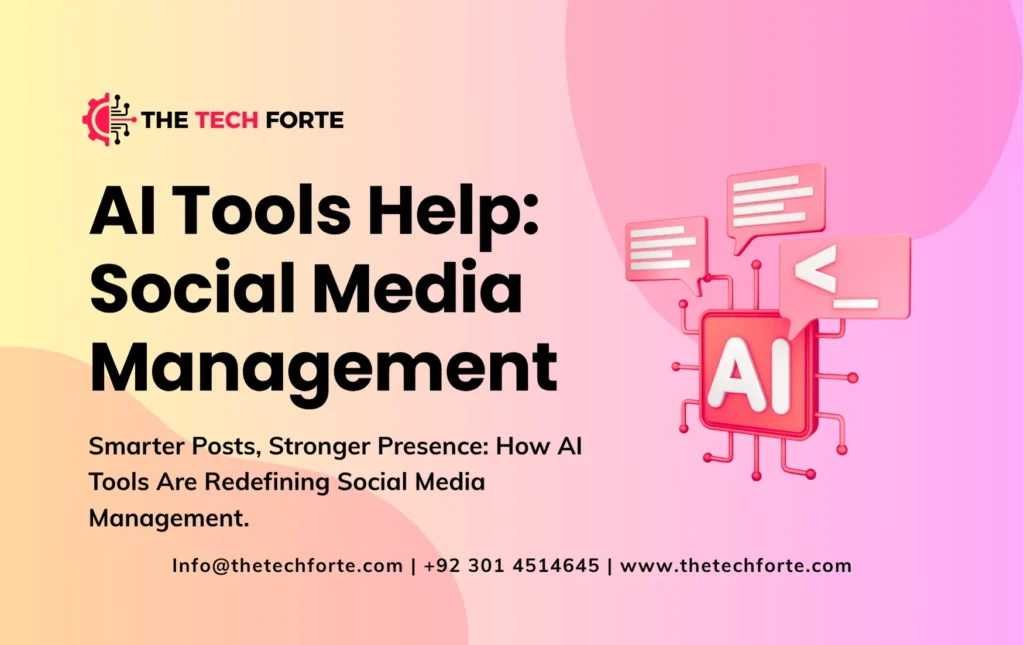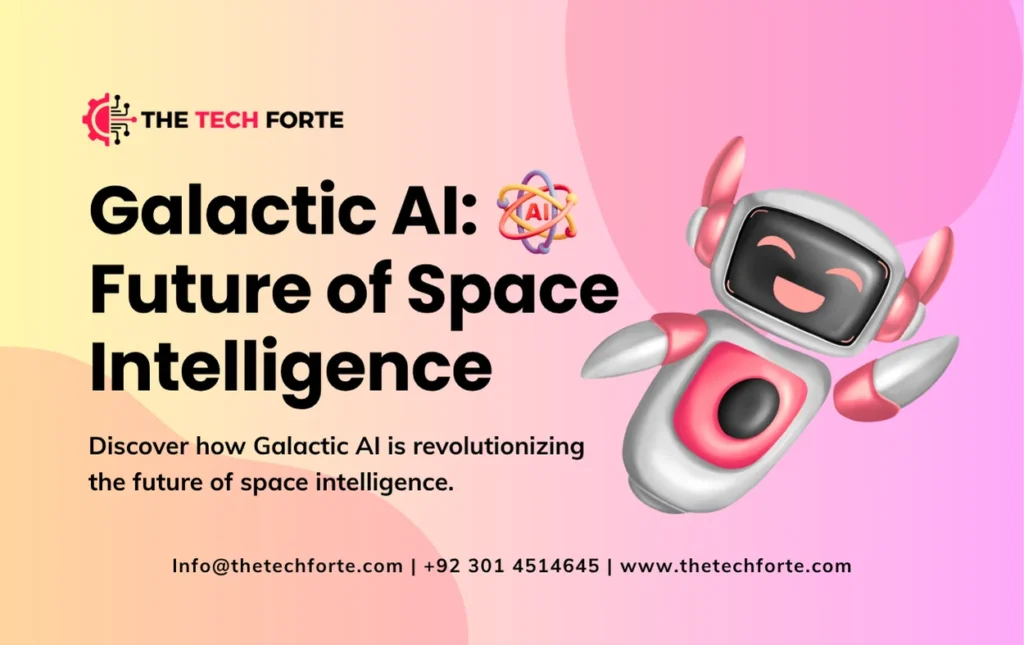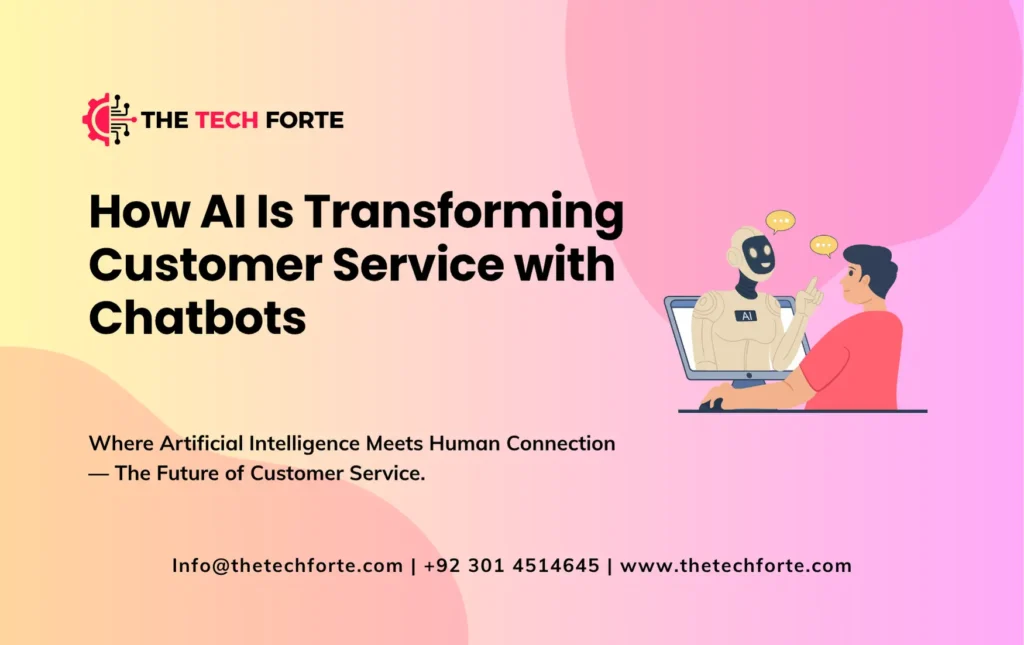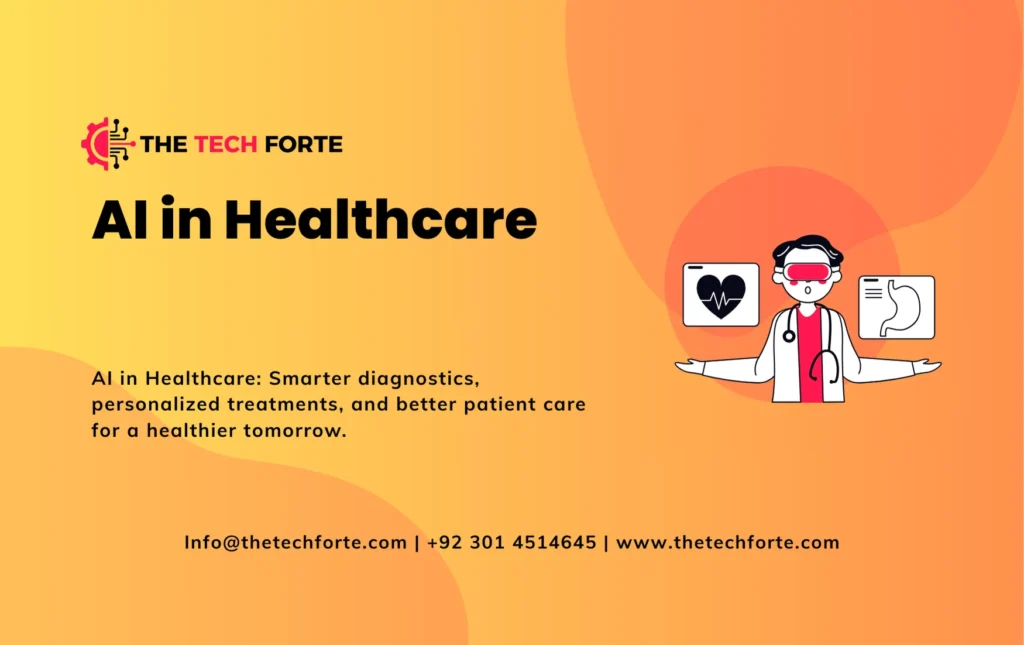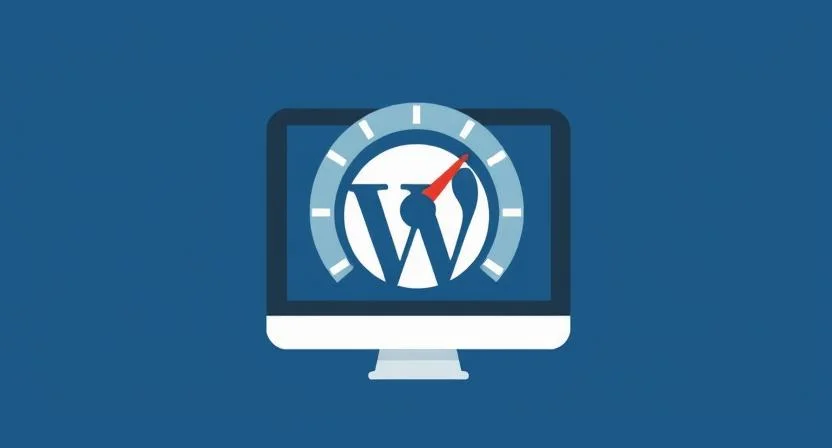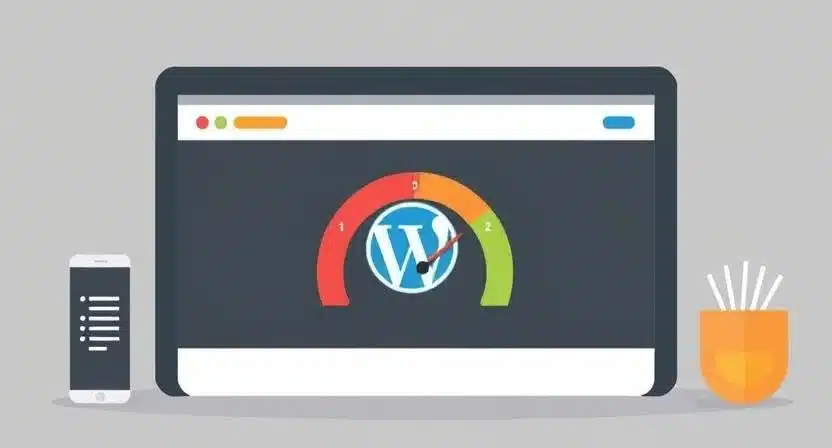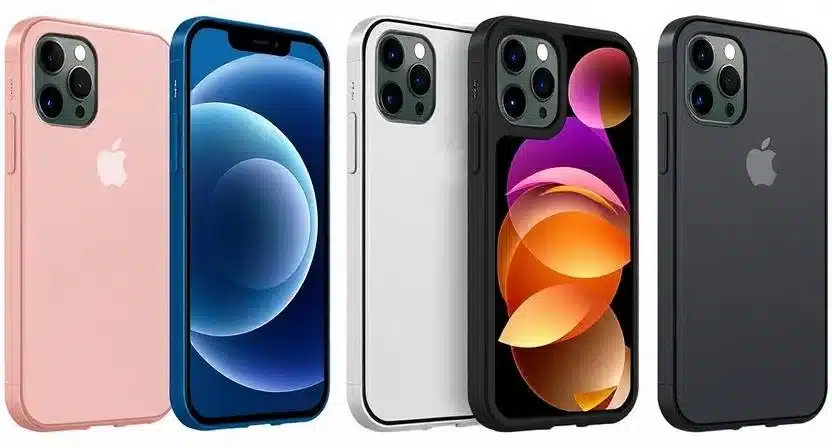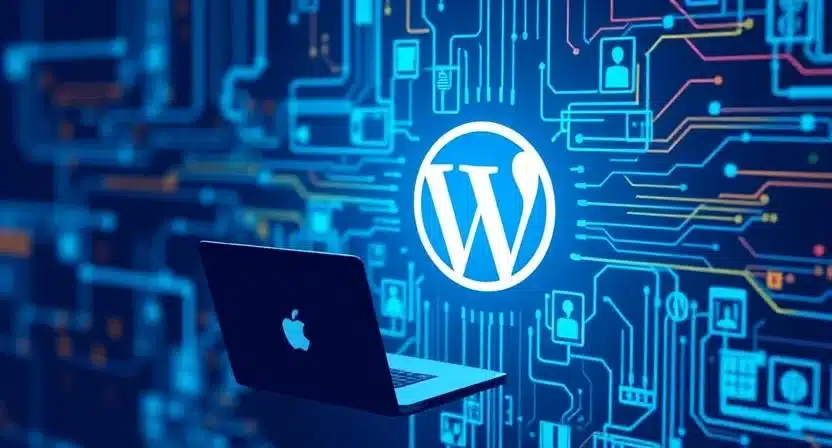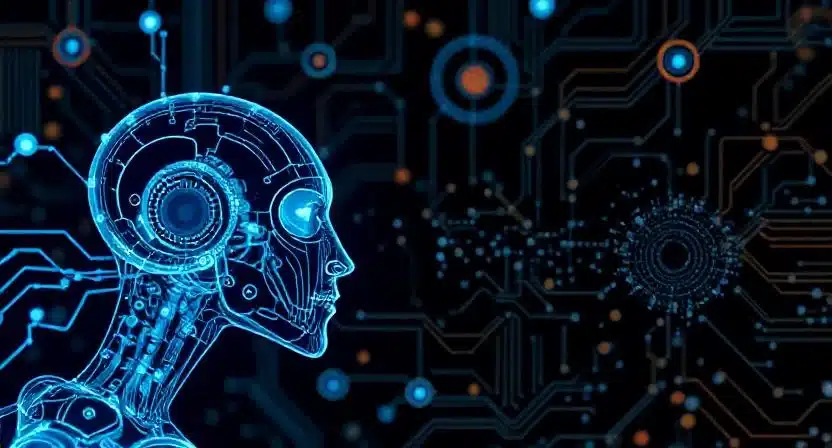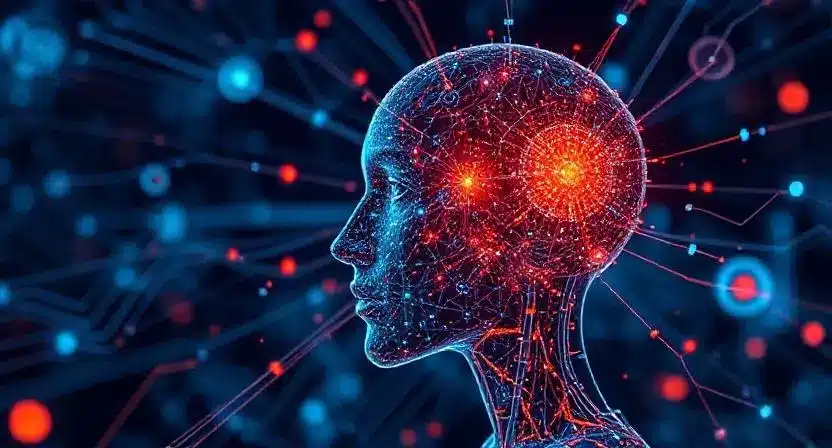The Evolution of Smart Homes: What’s Next?

In 2025, the idea of smart homes has transformed from a luxury into a lifestyle necessity. What started as simple home automation technology — like smart lights or programmable thermostats — has evolved into a world of AI-powered home systems, IoT smart home devices, and connected home innovations that adapt to our habits and needs.
The evolution of smart homes represents not just technological progress but also a shift in how humans interact with their living spaces. From voice-controlled smart homes to energy-efficient systems, the future of smart home technology is focused on convenience, sustainability, and personalization.
So, what’s next in the world of smart home innovations? Let’s take a closer look at how technology is reshaping our homes — and what we can expect from the next generation of smart homes.
From Basic Automation to Intelligent Living
The evolution of smart homes began decades ago when home automation first emerged in the form of motion-sensitive lights and programmable thermostats. These early systems laid the foundation for intelligent home devices that could simplify daily routines.
By the 2010s, Wi-Fi and mobile apps revolutionized control — allowing homeowners to manage connected home systems from their phones. Devices like the Nest Thermostat, Amazon Alexa, and Philips Hue marked the beginning of AI in smart homes, turning them from reactive to responsive environments.
Now, in 2025, smart homes have evolved into self-learning ecosystems, where appliances, lighting, security, and entertainment all communicate seamlessly — anticipating your needs before you even ask.
The Role of IoT: The Backbone of Smart Home Evolution
At the heart of every smart home innovation is the Internet of Things (IoT), the network connecting devices, sensors, and systems.
IoT smart home devices collect and exchange real-time data to automate and optimize household operations. For example:
- Smart thermostats adjust temperature based on user preferences and weather forecasts.
- Connected refrigerators track food expiration dates.
- IoT-enabled washing machines choose energy-efficient wash cycles automatically.
This seamless data exchange has made connected home systems smarter and more intuitive, shaping modern living into a blend of comfort and intelligence.
The Rise of AI in Smart Homes
If IoT connects devices, artificial intelligence (AI) gives them the power to think and learn.
AI has turned smart homes into intelligent companions capable of understanding human behavior. Today’s AI-powered home systems use predictive analytics and voice recognition to deliver personalized experiences.
Examples include:
- AI security systems that recognize familiar faces and alert homeowners about unusual activity.
- AI assistants that recommend routines, recipes, or schedules.
- Smart lighting and climate control systems that adapt automatically to your preferences and presence.
The integration of AI in smart homes is not just about convenience; it’s about creating adaptive living environments that evolve with their residents.
Voice-Controlled Smart Homes: Hands-Free Living
Voice technology is one of the defining features of smart home trends 2025.
Assistants like Alexa, Google Assistant, and Siri have matured far beyond simple commands. They can now control connected home devices, adjust lighting, manage entertainment, and even handle household shopping lists all through natural conversation.
This era of voice-controlled smart homes offers hands-free convenience and accessibility, especially for the elderly or people with disabilities. It’s a major step toward a frictionless living experience, where your home truly understands and responds to your voice.
Energy Efficiency and Sustainability in Next-Gen Smart Homes
As sustainability becomes a global priority, energy-efficient smart homes are leading the charge toward eco-conscious living.
Modern smart homes optimize energy use through:
- Smart meters that track consumption in real time.
- Solar integration for renewable power generation.
- AI-driven energy management systems that learn usage patterns.
- Smart lighting that adjusts brightness based on natural light.
These innovations help reduce both energy bills and environmental impact, aligning with the broader movement toward sustainable smart homes. In 2025, technology isn’t just about comfort — it’s about responsible living.
Smart Security Systems: Safety Meets Intelligence
Security has always been a top concern for homeowners — and smart security systems have redefined how we protect our spaces.
Today’s systems feature:
- AI-based facial recognition
- Motion-triggered video alerts
- Smart doorbells with two-way communication
- Remote surveillance via smartphone apps
With AI in smart homes, these systems not only detect threats but also learn what “normal” activity looks like — minimizing false alarms.
The future of smart home technology will continue to focus on proactive security, integrating drones, biometric locks, and real-time threat detection into everyday living.
Connected Home Systems: The Power of Integration
The true beauty of the next generation of smart homes lies in how devices work together.
A connected home system ensures that your thermostat, security, lighting, and entertainment all communicate within a unified network. For example:
- When you say “Goodnight,” the house automatically locks doors, lowers the blinds, and dims the lights.
- When your alarm goes off in the morning, the coffee machine starts brewing while the curtains open.
This digital home transformation ensures that automation is no longer about individual devices — it’s about orchestrated intelligence across every aspect of living.
The Role of AI and IoT in Future Homes
The future of smart homes will see even deeper integration between AI and IoT. These technologies will create autonomous living spaces capable of making complex decisions independently.
Imagine a home that:
- Detects stress in your voice and plays calming music.
- Prepares your living room for a meeting based on your calendar.
- Schedules appliance maintenance before issues occur.
Such smart living technology reflects how AI and IoT are shaping modern lifestyles — combining efficiency, emotion, and intelligence into one cohesive experience.
Sustainable Smart Homes: A Green Vision for 2025 and Beyond
In the coming years, sustainable smart homes will merge eco-friendly practices with cutting-edge technology.
Trends driving this transformation include:
- Energy harvesting floors and solar panels powering IoT devices.
- AI-based waste management systems monitor consumption.
- Smart irrigation systems reduce water waste in gardens.
These next-generation smart homes won’t just be energy-efficient — they’ll be self-sustaining ecosystems, using data to optimize environmental impact.
The Future of Smart Home Technology: What’s Next?
The future predictions for smart homes point toward increased personalization, autonomy, and emotional intelligence.
Here’s what’s on the horizon:
- AI-driven personalization: Homes will adjust based on your emotions and habits.
- Augmented Reality (AR) integration: Visualize furniture placement or home upgrades before making a purchase.
- Robotics: Personal assistants handling cleaning, cooking, and daily chores.
- Decentralized data systems: Blockchain ensuring privacy and secure home management.
These smart home technologies to watch in 2025 represent a shift from automation to anticipation — where homes predict needs rather than react to them.
Frequently Asked Questions (FAQs)
What’s next in smart home technology?
The future focuses on predictive AI, sustainability, and full system integration, allowing homes to operate intelligently and independently.
How is AI transforming smart homes?
AI enhances personalization, automates decision-making, and creates self-learning systems that adapt to user behavior and environmental conditions.
What are the latest trends in smart home automation?
Trends include voice control, green energy systems, IoT-based device ecosystems, and privacy-focused automation.
What are the benefits of next-gen smart homes?
They offer energy efficiency, convenience, enhanced security, and personalized comfort — all while reducing environmental impact.
How is IoT shaping modern living?
IoT connects devices into unified ecosystems, allowing seamless communication that enhances efficiency and user experience.
Conclusion: Living Smarter, Living Better
The evolution of smart homes reflects our desire for simplicity, sustainability, and smarter living. As we enter 2025, AI, IoT, and automation are converging to create homes that don’t just follow commands — they anticipate needs, save energy, and improve well-being.
The future of smart home technology isn’t about replacing humans; it’s about empowering them. Our homes are becoming partners — intelligent, efficient, and ever-evolving.


